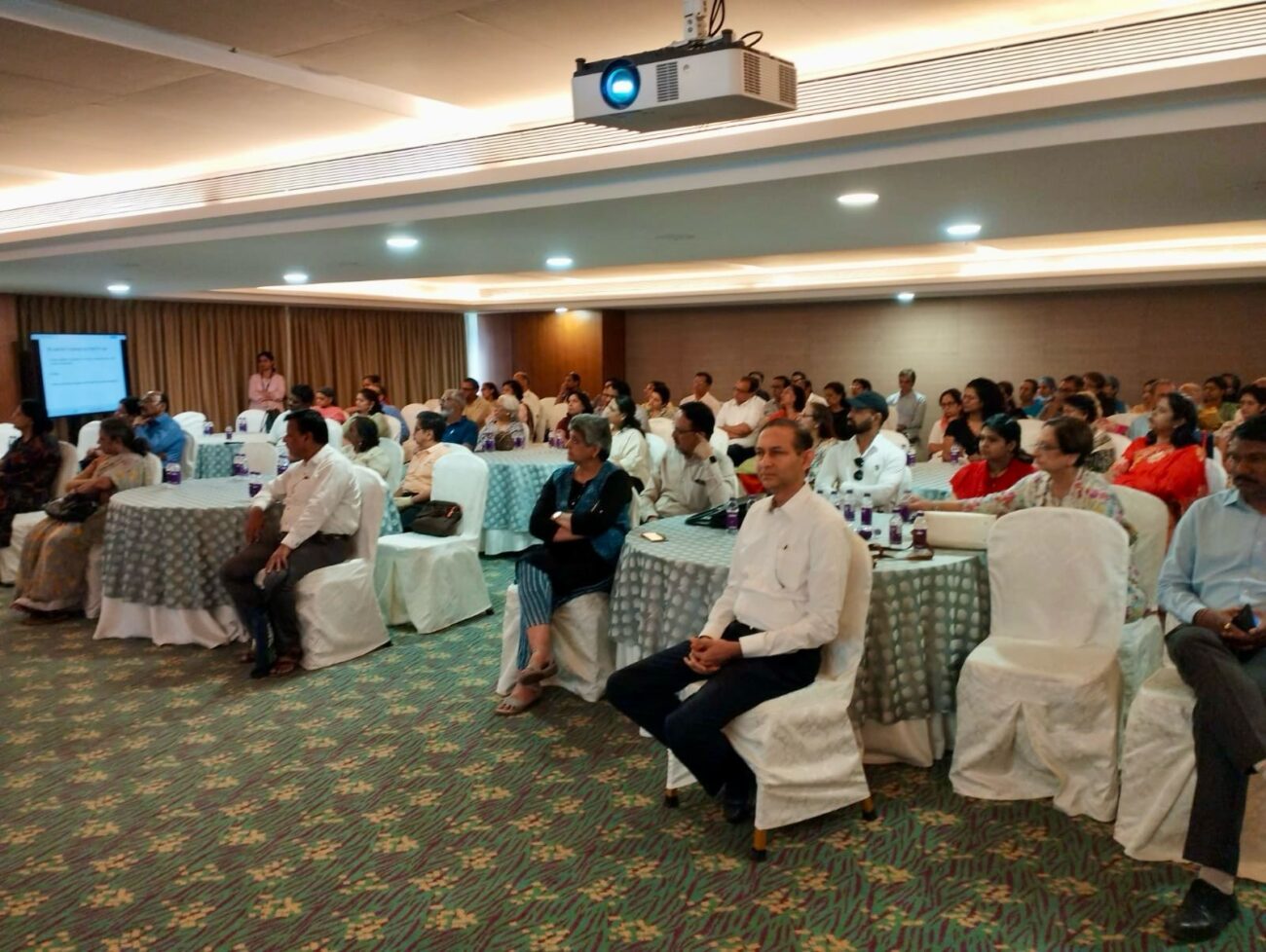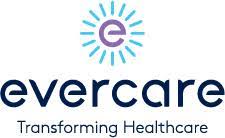Improving Service Quality in Empanelled Hospital is Most Important Factor for Success of PM- JAY
To encourage more and more hospitals to empanel under PM-JAY and get accreditation, NHA in Collaboration with the quality council of India- Dr. Indu Bhushan Q 1. Congratulations for excellent 2019, please let us know your
To encourage more and more hospitals to empanel under PM-JAY and get accreditation, NHA in Collaboration with the quality council of India- Dr. Indu Bhushan
Q 1. Congratulations for excellent 2019, please let us know your key achievements in 2019 ?
PM-JAY has taken off well in its first year, far exceeding our own expectations. The initial momentum of AB PM-JAY has provided a strong proof of concept and a viable framework for achieving Universal Health Coverage (UHC). 33 States and UTs are implementing the scheme, more than 70 lakh treatments worth over Rs. 10,000 crore have been provided through an expanding network of nearly 20,000 hospitals. More than 11 crore e-cards have been issued so far.
Top tertiary specialties (by pre-auth requested amount):
- Orthopedics
- Cardiology
- cardio thoracic and vascular surgery
- Urology
- Radiation oncology
Top tertiary procedures (by pre-auths requested amount):
| 1. PTCA – single stent (medicated, inclusive of diagnostic angiogram) |
| 2. Fracture – Hip Internal Fixation (Intertrochanteric Fracture with implant) + rehabilitation |
| 3. Coronary artery bypass grafting (CABG) |
| 4. PTCA – double stent (medicated, inclusive of diagnostic angiogram) |
| 5. Total Knee Replacement |
The States have demonstrated the initiative and willingness to adopt UHC as their primary health goal. Most have used their own resources to expand coverage of the Centre’s Ayushman Bharat Pradhan Mantri Jan Arogya Yojana (AB PM-JAY) to groups beyond those originally targeted. The expanded AB PM-JAY covers more than 13 crore families, against the originally planned 10 crore families. Some states, like Uttarakhand and Karnataka, have expanded the scheme to almost their entire populations. Many other States and Union Territories have similar plans.
Q 2. Key challenges to overcome in 2020?
For Indian healthcare system as a whole, India is undergoing an epidemiological transition in the form of rise of non-communicable diseases (NCDs) such as cancer, diabetes, cardio-vascular illnesses etc. and, the persistence of communicable diseases.
The country is also undergoing a demographic transition in the form of a rapidly growing, and aspirational middle class and large number of young people that have given a fillip to the expansion of the private sector and has created large demand for better health, education, and jobs.
In the context of AB PM-JAY, only 10 per cent of India’s population outside the central scheme and state schemes has comprehensive health insurance and that a large section of the middle class does not have any health cover. This brings forth the double challenge facing India’s health system – to ensure access for the poor to critical services along the continuum of care while offering financial risk protection and at the same time meet the demands of an expanding middle class.
Some of the major challenges as well as focus areas for PMJAY’s implementation are:
- Increase the awareness and uptake of the scheme among the target. We need to reach out to 50 crore people all over the country and empower them with the message of PM-JAY through customized communication approaches. Covering poor and vulnerable families who are still not covered is one of the important priorities.
- Stabilize the scheme’s implementation and increase coverage through effective convergence of existing central and state schemes into PM-JAY. The scheme has provided the fulcrum for the Centre and States to expand health coverage to other vulnerable and needy groups. For example, the Ministry of Labour and Employment plans to bring all construction workers under the scheme. Some States are using the scheme’s IT system to cover Government employees and retirees.
- Bring in even better priced and rationalized health benefit packages. We successfully completed such an exercise this year through wide-ranging consultations with specialists and healthcare practitioners to come up with a revised list of nearly 1,500 packages.
- Control and minimize fraud and abuse under the scheme. We have set up effective mechanisms to detect, prevent and deter fraud taking place and are utilizing data analytics, AI and machine learning to the best possible use.
- Assuring a certain standard of quality of services at the point of care is another very important area which NHA has already begun to work on through the Gold/Silver/bronze Quality Standards certification process for unaccredited hospitals in collaboration with the Quality Council of India.
- Service delivery is highly fragmented in India, with a large number of mainly small providers delivering over 64% of health care. Ninety-eight percent of the providers operate informally and employ less than 10 people. More than 80% of tertiary care facilities are based in the tier 1 cities. In the long term, AB PM-JAY will help in this transformation by putting purchasing capacity in the hands of India’s bottom 40%, who live mostly in rural areas and smaller towns. However, a separate set of incentives and policies will be needed to encourage investment in larger tertiary care hospitals in the tier 2 and tier 3 cities and consolidate the existing smaller hospitals to ensure economies of scale.
Q 3. Way Forward for 2020?
PM-JAY aims to address the growing inequality in access to curative care and does so by placing purchasing power in the hands of 50 crore poorest Indians to seek healthcare at any of the more than 19,000 empanelled hospitals across the country.
Development of close coordination mechanism with various other central and state health insurance/assurance schemes needs to be done which will result in improved effectiveness and efficiency for all such schemes.
We will also focus on getting more multi-specialty tertiary hospitals on board to cater to the demand for treatment of serious illnesses such as cancer and cardiac illnesses and to provide better access to patients. Focusing on improving the quality of services provided in the empanelled hospitals and institutionalising a swifter process of accreditation is another important area on which NHA will focus in the second year of PM-JAY. In this regard, NHA has introduced an initiative of quality certification standards and a process for digital quality certification for PMJ-AY empanelled hospitals, an exercise carried out by Quality Council of India.
Since the launch of PM-JAY last year, IT has provided a robust backbone to the scheme’s implementation throughout the nation. With the expanded usage, and enhancement in transactions day by day, it is needed to revisit and reposition the IT structure and systems. NHA has prepared PM-JAY IT 2.0, a roadmap and technology framework with new and upgraded IT ecosystem of PM-JAY that is focused on increasing the operational efficiency and monitoring of the implementation of PM-JAY, enhancing beneficiary interface enabling empowerment and access to quality equitable healthcare. PM-JAY IT 2.0 will comprise of a high-tech suite of systems with state-of-the-art advancements that will be scale-able, interoperable and comparable with the best in the world.
PM-JAY aims to constantly better its service efficiency – primarily focusing on improving the affordability, quality of service and access to care. There is a greater need to cultivate a healthcare ecosystem centered around adoption of healthcare innovations to constantly evolve and deliver better outcomes through PM-JAY. NHA has set up an Innovation Unit (NIU) to facilitate the creation of a robust innovation pipeline and help mainstream home-grown innovations of startups through validation, funding and procurement support. As part of this novel effort, NHA has launched the Ayushman Bharat PM-JAY Start-up Grand Challenge to identify and select the country’s top startups to help us solve seven identified implementation challenges of PM-JAY. These startups will be recognized and rewarded on a national stage and given the opportunity to work on supporting the implementation of PM-JAY.
Q 4. Message for Healthcare Industry Stakeholders?
Our message to the beneficiaries is to reach out to for more information and empower themselves with full knowledge of their rights and entitlements under the scheme. The scheme is completely cashless and paperless and at no point charges the patients for the treatment availed.
For the providers, it is important to provide quality care and maintain that standard. Those not yet accredited are encouraged to apply for our quality standards certification process. Equally importantly, it is critical to note that we have zero tolerance towards fraud and abuse under PM-JAY and it is in the individual and collective interests of all stakeholders to follow the set guidelines and processes and work towards excellence in service delivery.
Q 5. After excellent PMJAY -AB 1.0, and having armed with deep insights into hospital operations, should AB step into role of mentor to help empaneled hospitals to achieve better operational efficiencies and financial sustainability?
To encourage more and more hospitals to empanel under PMJAY and get accreditation, NHA in collaboration with the Quality Council of India has brought in place quality certification process and standards. Hospitals have started warming up to this initiative and more than 25 hospitals have received this certification.
Q 6. Please share few disappointments in 2019.
Not many disappointments. Given its early stage and the state of the overall healthcare ecosystem, challenges are there, which I’ve already spoke about in the second question. We hope to bring in all major private hospitals in the ambit of the scheme. We also seek to put a total stop to any potential fraud and abuse.
Q 7. How you feel govt. initiatives can improve, what should be focus areas in future?
Government of India has put both policy and political will behind health, water and sanitation, financial security, access to power, and education through flagship schemes such as Ayushman Bharat, Swachch Bharat, Jan Dhan Yojana, PM-KISAN, Jal Shakti, among others. It is all in the right direction and will remain the focus areas in the present and near future.





